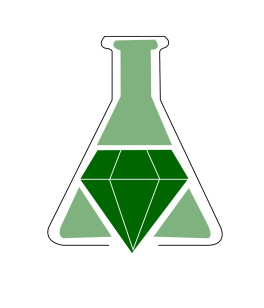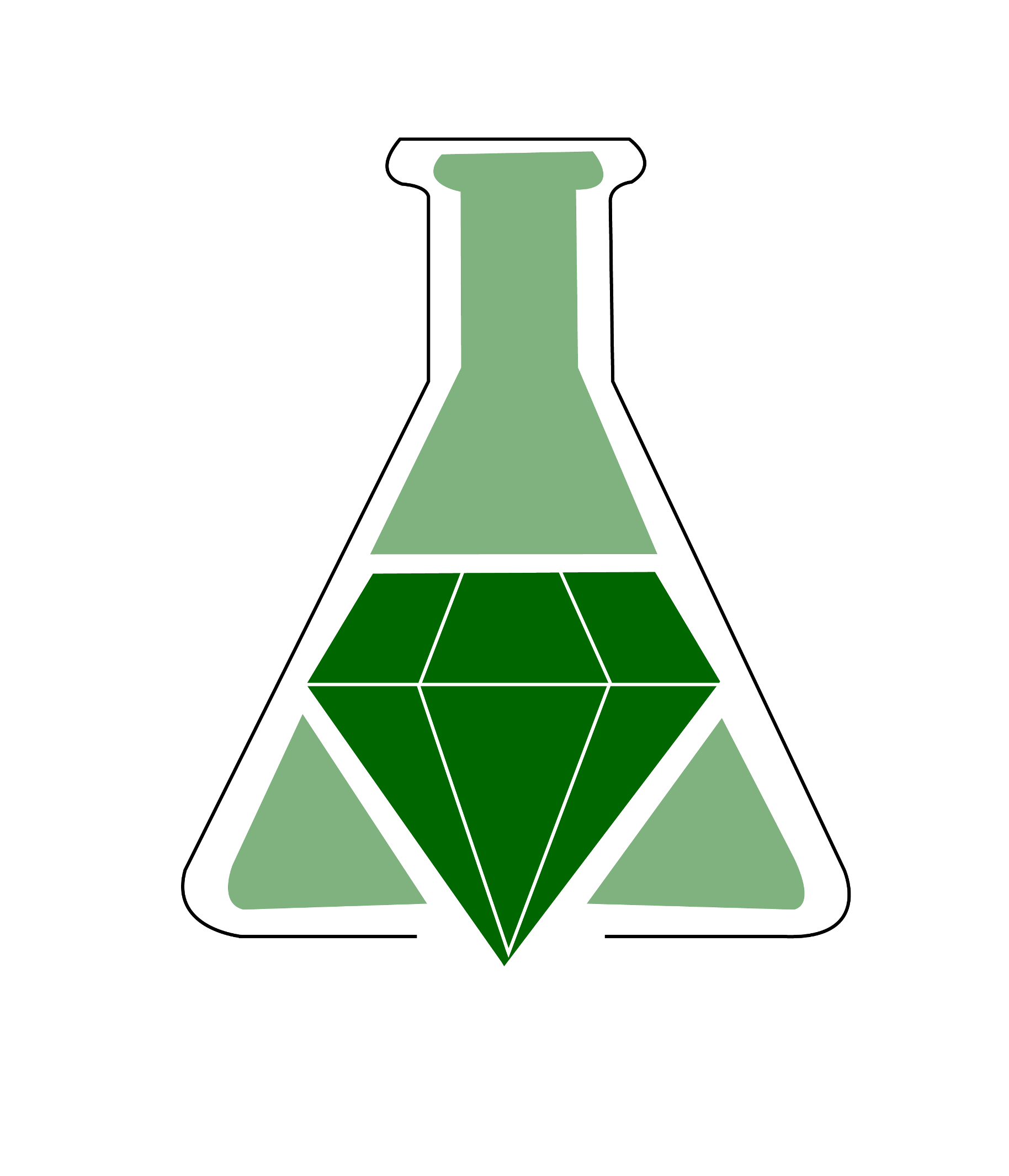Greener Alternative to Qualitative Analysis for Cations without H2S and Other Sulfur-Containing Compounds

Summary
Qualitative analysis of inorganic salts and mixtures is a common component of high school, undergraduate, and graduate-level curricula. The hydrogen sulfide scheme given by Fresenius is a widely accepted scheme used for studying Le Chatelier's Principle, the common-ion effect, and solubility products. However, H2S is deadly even at low air concentrations, can cause permanent physiological damage, contributes to air pollution, and can contaminate groundwater. Despite these drawbacks, it is relatively easy and cheap to make which is why it is still commonly used.
In this greener experiment, hydrogen sulfide is replaced as a reagent for qualitative analysis experiments with safer chemicals and procedures. A variety of non-toxic cations (K+, Ba2+, Fe2+, Mg2+, Pb2+, Mn2+, Ca2+, Cu2+, Zn2+, NH4+, Ni2+) are analyzed using hydroxide, sulfates, chloride, ammonia, etc.
Supplemental information includes a student handout, procedures for all the tests, and suggestions on cation combinations for the unknown solutions.
Summary prepared for the original GEMs database October 2008 by Douglas M. Young at the University of Oregon.
Greener Alternative to Qualitative Analysis for Cations without H2S and Other Sulfur-Containing Compounds
Indu Tucker Sidhwani and Sushmita Chowdhury
Journal of Chemical Education 2008 85 (8), 1099
DOI: 10.1021/ed085p1099
In this greener experiment, hydrogen sulfide is replaced as a reagent for qualitative analysis experiments with safer chemicals and procedures. A variety of non-toxic cations (K+, Ba2+, Fe2+, Mg2+, Pb2+, Mn2+, Ca2+, Cu2+, Zn2+, NH4+, Ni2+) are analyzed using hydroxide, sulfates, chloride, ammonia, etc.
Supplemental information includes a student handout, procedures for all the tests, and suggestions on cation combinations for the unknown solutions.
Summary prepared for the original GEMs database October 2008 by Douglas M. Young at the University of Oregon.
Greener Alternative to Qualitative Analysis for Cations without H2S and Other Sulfur-Containing Compounds
Indu Tucker Sidhwani and Sushmita Chowdhury
Journal of Chemical Education 2008 85 (8), 1099
DOI: 10.1021/ed085p1099
Safety Precautions, Hazards, and Risk Assessment
See published journal article
Link to external
